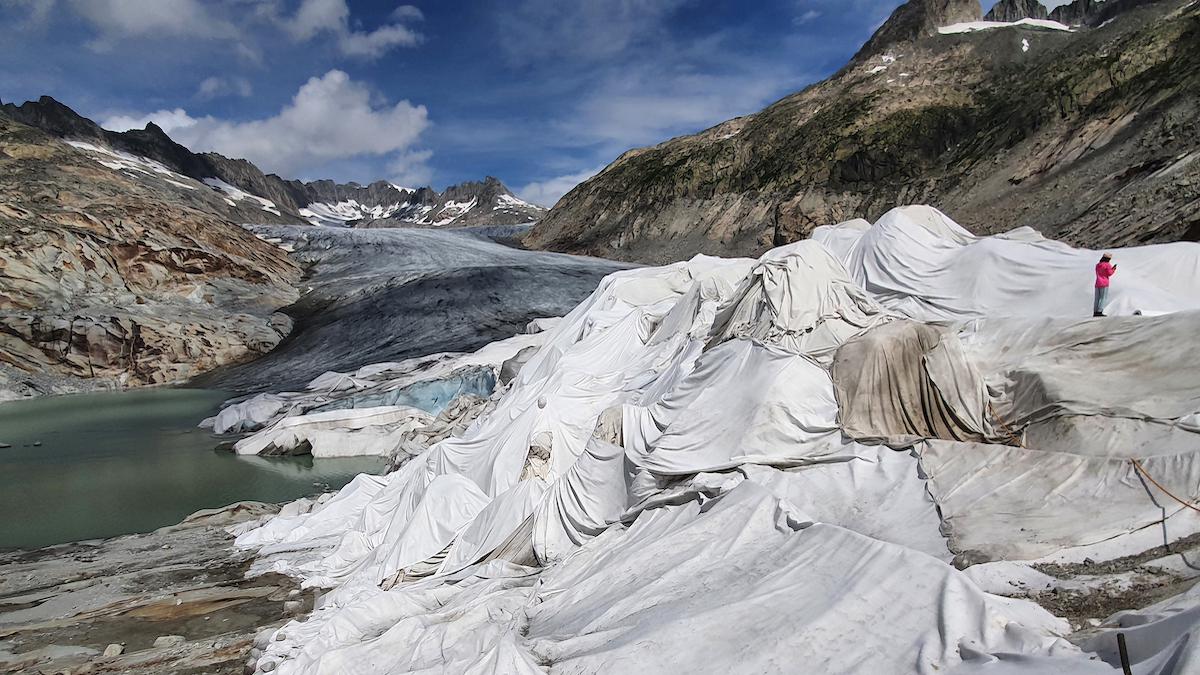
A Swiss Academy of Sciences panel is reporting a dramatic acceleration of glacier melt in the Alpine country, which has lost 10 per cent of its ice volume in just two years after high summer heat and low snow volumes in winter.
Switzerland — home to the most glaciers of any country in Europe — has seen 4 per cent of its total glacier volume disappear in 2023, the second-biggest decline in a single year on top of a 6 per cent drop in 2022, the biggest thaw since measurements began, the academy’s commission for cryosphere observation said.
Experts at the GLAMOS glacier monitoring centre have been on the lookout for a possible extreme melt this year amid early warning signs about the country’s estimated 1,400 glaciers, a number that is now dwindling. “The acceleration is dramatic, with as much ice being lost in only two years as was the case between 1960 and 1990,” the academy said. “The two extreme consecutive years have led to glacier tongues collapsing and the disappearance of many smaller glaciers.”
The team said the “massive ice loss” stemmed from a winter with very low volumes of snow — which falls on top of glaciers and protects them from exposure to direct sunlight — and high summer temperatures.
All of Switzerland — where the Alps cut a swath through most of the southern and central parts of the country — was affected, though glaciers in the southern and eastern regions melted almost as fast as in 2022’s record thaw. “Melting of several metres was measured in southern Valais (region) and the Engadin valley at a level above 3,200 metres (10,500 feet), an altitude at which glaciers had until recently preserved their equilibrium,” the team said.
The average loss of ice thickness was up to 3 metres (10 feet) in places such as the Gries Glacier in Valais, the Basòdino Glacier in the southern canton, or region, of Ticino, and the Vadret Pers glacier system in eastern Graubunden.















